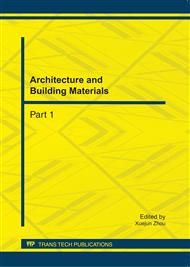p.955
p.960
p.965
p.972
p.977
p.982
p.988
p.994
p.1000
Comprehensive Utilization of Sulfuric Acid Residue in Small Chemical Enterprise
Abstract:
Sulfuric acid residue is one kind of important secondary resource, its comprehensive utilization has drawn extensive attention. Based on analyzing the chemical composition of sulfuric acid residue, through comprehensive comparison of flotation, gravity separation, magnetized baking, magnetic separation and other joint technical processes, it is showed that the chemical-magnetic separation is reasonable by evaluating the applicable ability. Then introduced a case study on comprehensive utilization of sulfuric acid residue in Shikefeng chemical Co., LTD in Luzhou City, the duplex melting process combined advanced induction furnaces with smelting furnace was put forward. Finally, it's concluded that there are many advantages of the duplex melting process, it’s more suitable for the comprehensive utilization of sulfuric acid residue in small chemical enterprise.
Info:
Periodical:
Pages:
977-981
Citation:
Online since:
September 2011
Authors:
Price:
Сopyright:
© 2011 Trans Tech Publications Ltd. All Rights Reserved
Share:
Citation:


